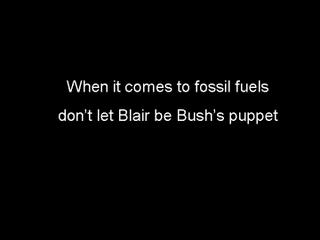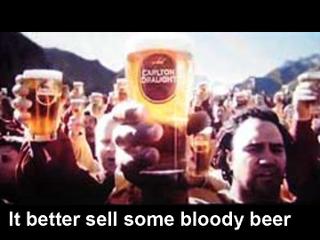Last night in BBC2's "The Apprentice" the wannabes had to develop a short advertising campaign for one of Amstrad's new products. The product was a ten CD changer for £99 with the working title JB1000. It's difficult to understand in an age of small, portable MP3 players why the product would appeal to the mass market, especially given the design of the product, the size of the product, the levels of PC penetration in the UK and the huge increase in music downloading legal or not. In a very quick assessment of the market and the environment around the music player market I can only believe that the price would need to be the whole focus of the advertising campaign.
Before I comment on the programme I did search for the product on the
Amstrad website and I could n't find it. If it is an actual product I think the Amstrad may have missed a trick, 60 minutes of product placement and all you can see is the video phone, although the phone always features several times (without seeing any video image) in the programme and that is the first product on the landing page.
One team produced a plausible effort with a tag line of "The Jukebox is back" the other team tried to sell two JB 1000's per household. Not surprisingly the team that fragmented into two cohorts; tried to sell two machines per household; used a print ad with product copy that needed a microscope to read; offered a TV advertisement with hardly any product shots and minimal visible product use ( music played but it was not clear that it could accept 10 CD's); and had an extremely embarrassing pitch - came second in the two horse race.
I was intrigued by the fact that we did not see all of the winning team's 20 second commercial, perhaps some copyright issue?
One thing was certain though neither group are yet ready to threaten the small, medium or large ad agencies, although the smooth leadership of Miriam's team and the calm professional presentation by James was very good indeed.
This really is a fascinating programme because if someone had told me that I would be watching a job interview using role play on TV for 12 weeks I would have denied that it would happen.
Sir Alan Sugar is fantastic as the boss, and for the most cringe worthy moment of the week - Rachel's Dancing - I felt that Sir Alan made the right decision.
I did love the gag -
I've written books on advertising. ....................Cheque Books!
This was delivered with timing and in the bluff, pugnacious style of Sir Alan, a fabulous line.
It's definitely an idea I'd like to use in for a seminar task during the next academic year.









 .
. 


